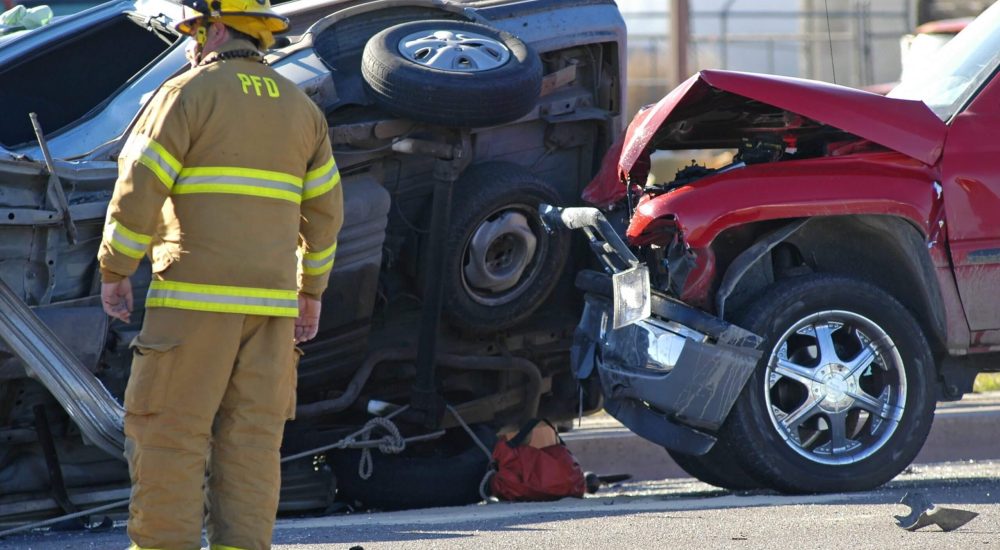The Dangers of Drowsy Driving
As Bad As Drunk Driving?
Drowsy driving is in the firm-overview/news this week as we learn that this condition accounts for a much greater number of accidents on the nation’s roadways than previously reported, according to new findings released by AAA Foundation for Traffic Safety. The study revealed that up to one in 10 vehicle accidents is caused by drowsy driving, much higher than the 1 percent to 2 percent previously expected.
“Drowsy driving is a bigger traffic safety issue than federal estimates show,” said Dr. David Yang, executive director for the AAA Foundation for Traffic Safety. “Drivers who don’t get enough sleep are putting everyone on the road at risk. By conducting an in-depth analysis using video of everyday drivers, we can now better assess if a driver was fatigued in the moments leading up to a crash.”
One reason for the reporting discrepancy, according to the findings, is the difficulty in detecting drowsiness following a crash. The new research provides unprecedented analysis to confirm the findings.
The AAA foundation studied more than 3,500 drivers over several months using dashboard cameras and other tracking equipment, examining video of drivers’ faces in the three minutes leading up to a crash. Using a scientific measure linking the percentage of time a person’s eyes are closed to their level of drowsiness, the researchers determined that 9.5 percent of all crashes and 10.8 percent of crashes resulting in significant property damage involved drowsiness.
The Centers for Disease Control and Prevention (CDC) say 35% of U.S. drivers don’t get the recommended minimum of seven hours of sleep each night, so how do you know when you are too drowsy to drive? These warning signs are a clear sign it’s time to change drivers or pull over until you can get some rest, according to the CDC:
- Yawning or blinking frequently
- Difficulty remembering the past few miles driven
- Missing your exit
- Drifting from your lane
- Hitting a rumble strip on the side of the road
And remember, it’s not enough to simple turn up the music or roll down the window to try to stay awake. By the time you experience these warning signs, you have become a dangerous driver—to yourself and others on the road. And while it’s important to know the danger signs and leave the driving to others when you’re fatigued, health experts hope Americans will focus on developing better overall sleep habits and stick to a healthy sleep schedule.
“As many Americans struggle to balance their busy schedules, missing a few hours of sleep each day can often seem harmless,” said Jake Nelson, director of Traffic Safety Advocacy and Research for AAA. “But missing just two to three hours of sleep can more than quadruple your risk for a crash, which is the equivalent of driving drunk.”
If you or a loved one has been involved in a car accident or commercial truck crash, you might be unsure about what to do next to make sure your rights are protected. Call us to discuss the details with our team in a no-obligation consultation.

Get Help Today
Request a Free Consultation
"*" indicates required fields


